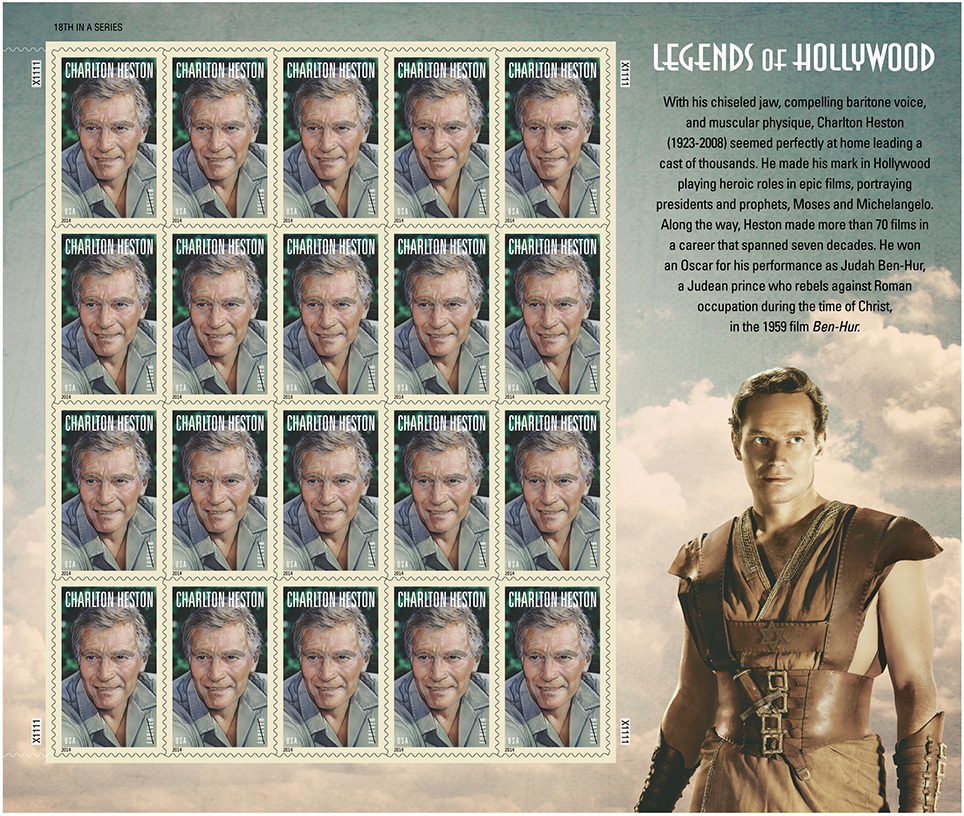The United States Post Office has had a close relationship to the hobby of stamp collecting throughout the history of the hobby. The first US postage stamp was issued in 1847, and by 1860 there was an active, if by later standards small, coterie of avid collectors. The USPO was the first worldwide postal service to recognize philatelists, which it did in 1876 with the Reissues and Special Printings for the 1876 Centennial Exposition. 1876 was a well promoted celebration of American Exceptionalism, and the Post Office contributed its part by reissuing stamps that had been made prior to 1876, so that an example of every American postage stamp could be on sale for collectors at the 1876 Exposition in Philadelphia. These reissues used the original plates and can be distinguished from the originals by shade and paper. They have always been difficult stamps to identify and have caused much confusion among collectors. But they are the first worldwide official postal acknowledgment of our hobby.
 By the 1890s the line between the USPOs promotion of Philately and exploitation of philatelists had already blurred. Taking advantage of the worldwide popularity of the new hobby that accelerated during the 90’s the Post Office issued the 1893 Columbian Exposition issue and the 1898 Trans Mississippi issue, both of which attracted new collectors and infuriated older collectors by the inclusion of unnecessary high values. Neither set was a hit with existing collectors, but they did have the effect of popularizing philately outside the band of traditional stamp collectors. By the 1920s the Post Office was actively in the business of printing collectible postage stamp labels, called commemoratives, which, while valid for postage, were mainly issued as souvenirs for collectors. Then, as now, the intention was that collectors would buy them and put them away with philatelists providing revenue to the Post Office without any service other than printing the stamps being provided. The Farley issues were the low point of this process, an imperf-only issue that had collectors furious when they were issued surreptitiously, and they had those same collectors furiously attempting to hoard them when they were finally issued to all collectors.
By the 1890s the line between the USPOs promotion of Philately and exploitation of philatelists had already blurred. Taking advantage of the worldwide popularity of the new hobby that accelerated during the 90’s the Post Office issued the 1893 Columbian Exposition issue and the 1898 Trans Mississippi issue, both of which attracted new collectors and infuriated older collectors by the inclusion of unnecessary high values. Neither set was a hit with existing collectors, but they did have the effect of popularizing philately outside the band of traditional stamp collectors. By the 1920s the Post Office was actively in the business of printing collectible postage stamp labels, called commemoratives, which, while valid for postage, were mainly issued as souvenirs for collectors. Then, as now, the intention was that collectors would buy them and put them away with philatelists providing revenue to the Post Office without any service other than printing the stamps being provided. The Farley issues were the low point of this process, an imperf-only issue that had collectors furious when they were issued surreptitiously, and they had those same collectors furiously attempting to hoard them when they were finally issued to all collectors. By the 1970s the Postal Service had become very open about its goal to promote philately as a profit center. Stamp Clubs were underwritten in schools, ostensibly to use philately to teach American history but really to sell stamps. This plan worked poorly with relatively few of the millions of students of that era retaining an interest in our hobby. What has worked though is a vast philatelic marketing operation. Using market research, the Postal Service has found the magic number of new issues that will maximize revenues from collectors with the least amount of squawk relative to that revenue. Themes are market tested, and the ingenious “sheets of 20″ format was devised over twenty years ago. This has essentially replaced plate blocks of 4 with sheets of twenty. Hundreds of millions of dollars of mint postage stamps are held by collectors. On paper, this is an interest free loan, but in reality it is more of a gift as few of these mint stamps will ever be used. Look for further innovations in exploiting the collector market in the years ahead as postal deficits make the collector dollar more attractive.
By the 1970s the Postal Service had become very open about its goal to promote philately as a profit center. Stamp Clubs were underwritten in schools, ostensibly to use philately to teach American history but really to sell stamps. This plan worked poorly with relatively few of the millions of students of that era retaining an interest in our hobby. What has worked though is a vast philatelic marketing operation. Using market research, the Postal Service has found the magic number of new issues that will maximize revenues from collectors with the least amount of squawk relative to that revenue. Themes are market tested, and the ingenious “sheets of 20″ format was devised over twenty years ago. This has essentially replaced plate blocks of 4 with sheets of twenty. Hundreds of millions of dollars of mint postage stamps are held by collectors. On paper, this is an interest free loan, but in reality it is more of a gift as few of these mint stamps will ever be used. Look for further innovations in exploiting the collector market in the years ahead as postal deficits make the collector dollar more attractive.